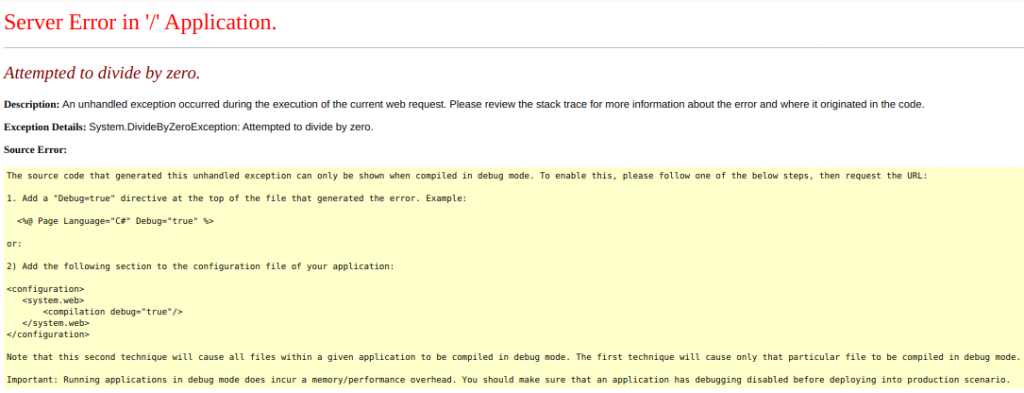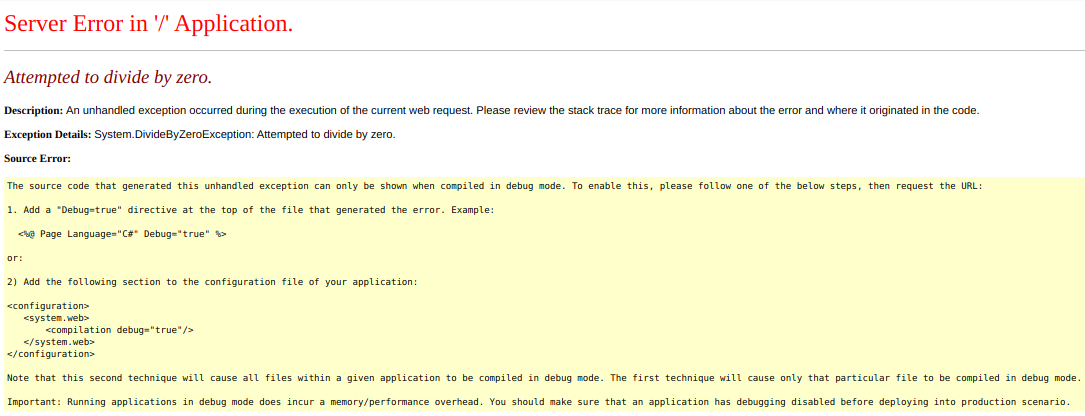I often try to remind myself that it’s really important to share knowledge. Everyone starts off in a similar position – unfortunately, some people quickly forget they were once starting out, so they retain as much knowledge as possible without sharing this amongst the community.
Fortunately, for the most part, I find the Infosec community is really good at sharing lessons learnt.
Troy Hunt shares a very good resource where you can test your hacking skills – https://hack-yourself-first.com/ I decided to give it a go. Unfortunately, I broke the website unintentionally. Sorry Troy! 😳
What I found

The website appears to be a directory of super cars. You can visit any of the manufacturer pages which list different cars. There is also the ability to register for an account and vote for your favourite car.
I decided to register for an account. I input a random e-mail address, name, and password. The website warned me I could not register as the password I had chosen was in use by another user. Worse still, the website told me which user had that same password! This isn’t good security practice at all.
Instead of trying a different password, I used the username and password it gave me to log in.
Stored XSS Vulnerability
I proceeded to go and vote on a car.


It looks as if all comments are made public, so I decided to put custom JavaScript in.
<script>window.location.href = "https://www.bootlesshacker.com/";</script>I added this code as my comment, and it then appeared in the comments section of the web page. Consequently, this meant the JavaScript was then executed whenever someone visited this page. As a result, users were redirected to my website.
Stored XSS is extremely dangerous. There’s a number of things you can do, but here are a few examples:
- Redirect users to another website. You could potentially redirect users to a fake login page hosted elsewhere that is styled like the initial website. They may then be tricked into submitting their login details on your website.
- Cookie theft – a lot of websites will store a session cookie on your computer to remember you when you return to the website. Ultimately, if someone else obtained this session cookie, they could log in without your password. You can steal cookies very easily using XSS.
Now I had identified the stored XSS vulnerability, I browsed the website further to see what I could find.
SQL Injection
The next vulnerability I found was an SQL Injection. At the bottom of the main page are some links where you can display cars based on their cylinder count. Take a look at the URL:

As we can see, there is a parameter in the URL which specifies the number of cylinders.
At a guess, the query in the code that sits behind this will look something like this:
Speculative query: SELECT carID, carName FROM tableWithCars WHERE cylinders = $_GET['Cylinders']I find it’s always helpful to try and predict the query you are trying to inject. If the code isn’t correctly sanitising the ‘Cylinders’ parameter, then perhaps we can add additional SQL code here and manipulate the query. If successful, we can bring back data we are not supposed to see.
Here are the injections I tried:
- ?Cylinders=V12' OR 1=1--
- ?Cylinders=V12' OR 1=1 UNION ALL SELECT '1' As t, table_name FROM information_schema.tables--
- ?Cylinders=V12' OR 1=1 UNION ALL SELECT '1' As t, column_name FROM information_schema.columns WHERE table_name = 'UserProfile'--
- ?Cylinders=V12' OR 1=1 UNION ALL SELECT '1' As t, Concat(Email, ' ', Password) COLLATE database_default FROM UserProfile--
These are just a few of the injection methods I found. Using these SQL Injections, you can:
- See what databases are on the server
- See the column and table names on the server
- See the contents of other tables (such as the users table)
There are loads of things you can do. One of the things I attempted was to delete the contents of the users table. I presumed this would just flush the contents of the table meaning people would need to re-register. I won’t explain how I did this, as it seemed to break the pages where you can vote for a car. The pages were returning a server error – division by zero.

I tried to understand the reason for this. My assumption (which could be completely wrong) is as follows:
When truncating the users table, I believe it also dropped all rows in the Votes table. This is probably because the tables relate to each other and it will delete all related rows in other tables to avoid breaking referential integrity.
I then believe the pages where you vote for the car need at least one vote in order to function, potentially because it tries to calculate the rank based on the number of votes. If the car has zero votes, I guess it is trying to divide something by zero, which is a mathematical impossibility.
I tried finding other injection points on the website so I could attempt to fix this by inserting some vote rows for each car. Fortunately, I found a way! I inserted a test comment for each super car using another SQL Injection, and the website became functional again.
I recommend testing your skills on this website – Troy Hunt encourages users to do so, cordially. I certainly do not recommend deleting table contents though as I did – I didn’t think it would break the site quite like this. Sorry!


